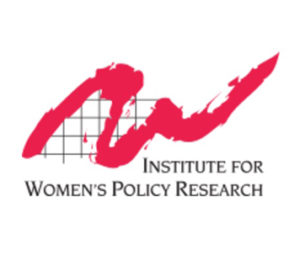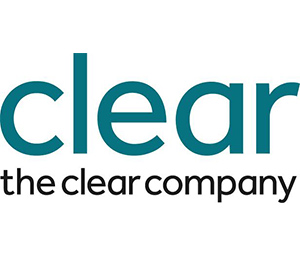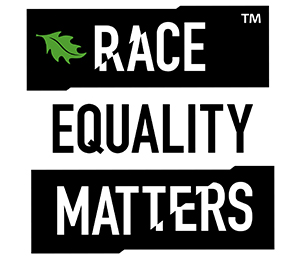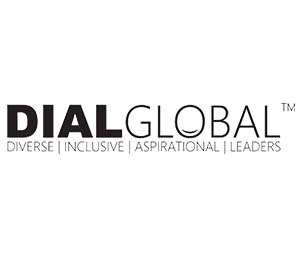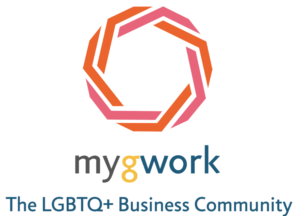A new report from the World Economic Forum (WEF) reveals that addressing gender disparities in healthcare has the potential to transform millions of lives, while unlocking significant economic growth.
According to the latest WEF report, targeting nine critical health conditions affecting women could generate an annual $400 billion boost to global GDP by 2040. The findings show that investing in women’s health is not merely a moral imperative but also an extraordinary economic opportunity.
The newly published report, Blueprint to Close the Women’s Health Gap: How to Improve Lives and Economies for All, created in collaboration with the McKinsey Health Institute (MHI), reveals that women spend 25% more of their lives in poor health compared to men. By addressing nine key health conditions, the global disease burden could be reduced by 27 million disability-adjusted life years (DALYs), equating to an additional 2.5 healthy days per woman annually. These conditions are divided into two categories:
- Lifespan conditions: Maternal hypertensive disorders, postpartum haemorrhage, ischaemic heart disease, cervical cancer and breast cancer.
- Health span conditions: Endometriosis, menopause, migraine, and premenstrual syndrome (PMS).
TRACKING WOMEN’S HEALTH
To tackle these challenges, the WEF and MHI have launched the Women’s Health Impact Tracking (WHIT) platform. This publicly accessible tool is designed to measure global health gaps, deliver actionable insights and promote equitable solutions. This innovative platform highlights the urgent need for investment in underfunded conditions such as menopause, PMS and migraines, which alone represent a $315 billion economic opportunity.
“Measuring progress is vital for driving meaningful change,” stated Shyam Bishen, Head of the Centre for Health and Healthcare at the WEF. Bishen emphasised that only 10% of clinical trials for ischaemic heart disease and migraines report sex-specific data, underscoring the importance of tools like WHIT to identify and address these gaps.
KEY ACTIONS TO ADDRESS THE HEALTH GAP
Lucy Pérez, Senior Partner at McKinsey & Company and Co-leader of the McKinsey Health Institute, shared the broader impact of this initiative: “Addressing these nine conditions can improve the lives of millions of women, unlock $400 billion in economic gains, and provide a scalable blueprint for closing the broader women’s health gap.”
The report sets out five key actions for stakeholders to address the women’s health gap. They include:
- Count women: Invest in comprehensive data collection to reveal the true burden of women’s health issues.
- Study women: Increase research funding for female-specific conditions and sex-based differences.
- Care for women: Develop clinical guidelines tailored to women’s unique health needs.
- Include all women: Address disparities affecting marginalised groups to ensure broader health equity.
- Invest in women: Mobilise funding to develop innovative healthcare solutions and delivery models.
ADDRESSING GLOBAL DISPARITIES
The research also highlights stark inequities in healthcare delivery. While 54% of the women’s health burden is concentrated in low- and middle-income countries, only 23% of clinical trials focus on these regions. Bridging this gap will require global collaboration, targeted investment and inclusive health policies.
“Healthier women form the foundation of stronger families, productive workplaces and resilient economies, and yet profound gender gaps in research and scientific innovation continue to deny women the basic tools, treatments and services they need to remain healthy,” noted Anita Zaidi, Board Co-Chair of the Global Alliance for Women’s Health and President of Gender Equality at the Gates Foundation. “The Women’s Health Impact Tracking Platform fills a critical need by providing data that is both comprehensive enough to capture the complexity of women’s lives and simple enough to act on.”
Governments, businesses, civil society and communities must act now to prioritise women’s health. Now is the time to act and ensure that every woman and girl can live healthier, more productive lives. Click here to access the full report.

































